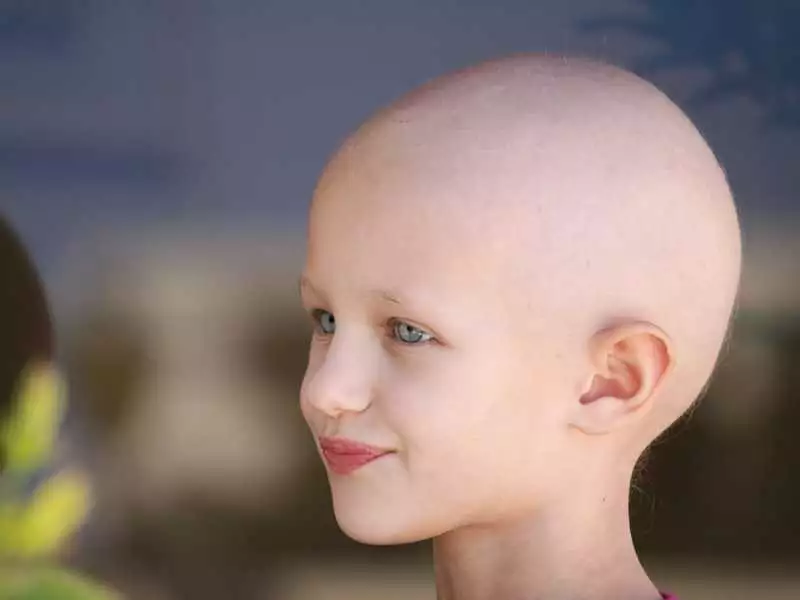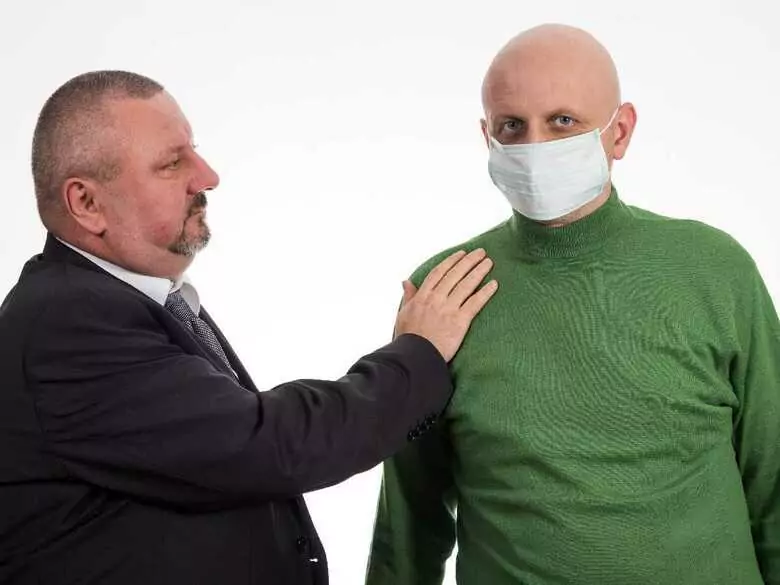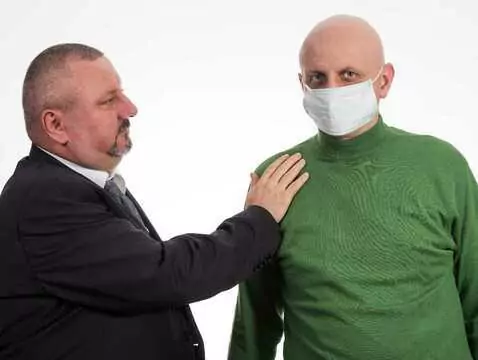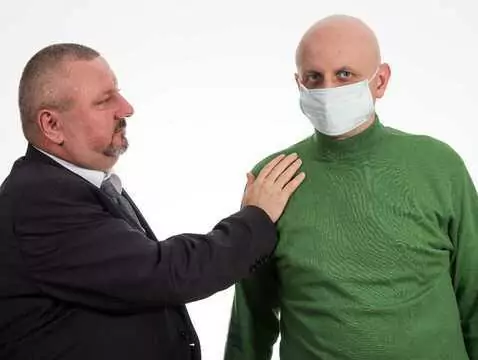Oncological surgical procedures, thanks to the implementation of the latest global medical technology advances, are becoming safer for the patient and possible to carry out, with the intention of a cure, even in the most advanced proliferative processes. Radiation treatment devices (radiotherapy) are being developed with an eye to ever-improving working precision, enabling targeted treatment, focused on the tumour lesion, with minimal strain on critical organs in the vicinity. The addition to oncology treatment of drugs from other groups, also new and successively modified and improved on the basis of previous experience with patients, makes it possible to more fully prevent the side-effects of oncology treatment, which is a burden.
In oncology, to ensure the maximum possible efficacy of treatment, the next steps of therapy should be meticulously planned. Multidisciplinary teams include clinical oncologists, oncology surgeons and surgeons, radiotherapists, supportive clinical psychologists and other physicians - specialists in internal and other diseases. All this is done so that the combination of invasive-surgical methods with radiotherapy, chemotherapy and others, according to the type of cancer and its stage, allows the best therapeutic decisions to be made and guarantees the best possible outcome, with a minimum of side effects.
Treatment with cytostatic agents
The general principle of action of cytostatics is to interfere with the cell cycle and cause the death of a dynamically dividing cell or inhibit its further mutation, development and subsequent uncontrolled divisions. The efficacy of cytostatic treatment depends on many factors. As in any other disease, the speed with which therapy is implemented is extremely important. The degree to which the tumour cell population will be destroyed during each successive infusion of the drug and the sensitivity of the tumour cell to the cytostat are further elements affecting the efficacy of the therapy. Usually, in order to ensure a greater response, so-called treatment regimens are used during systemic chemotherapy - giving several drugs together (two to four) in combination. These drugs usually come from different chemotherapeutic groups and are selected according to the type of tumour, its location and previous treatments. They have different points of entry and thus act synergistically - blocking them - on different mechanisms to ensure the cancer cell's immortality. On the one hand, this increases the efficacy and potential chance of a successful therapy; on the other hand, it creates the possibility of a wider spectrum of side effects.
Chemotherapy
Chemotherapy for most solid tumours is not used as a stand-alone treatment (unlike for haematological cancers, e.g. leukaemia in children). More often than not, oncological treatment is combined, appropriately planned, together with surgical methods, radiotherapy and hormone therapy.
Chemotherapy may precede surgical treatment - as neoadjuvant or induction chemotherapy. Its main aim is to reduce the tumour mass and prepare the patient for effective, radical local treatment - surgery or radiotherapy, with radical intent.
Complementary to surgical treatment or local radiotherapy is adjuvant chemotherapy, for which patients are qualified in the second or subsequent stage of treatment. The aim is thus to achieve a better, radical local treatment effect, but also to destroy any residual tumour cells outside the main tumour mass (circulating in the blood, lymph, micro-metastases in distant organs, too small to be detected by conventional radiological diagnosis).
In addition, chemotherapy during the treatment of certain tumours can be given synchronously with radiation, for the best possible local response. This is justified by the fact that, under the influence of certain cytostatic drugs administered systemically, the sensitivity of the tumour cell to radiotherapy is increased ("photosensitising" effect), which improves the efficacy of locally applied radiation.

photo: panthermedia
Progress in cancer pharmacotherapy is continually being made, with pharmacology and biochemistry laboratories working on newer generations of drugs that, by acting more specifically and selectively, would have a lower toxicity profile with comparable or even better efficacy.









